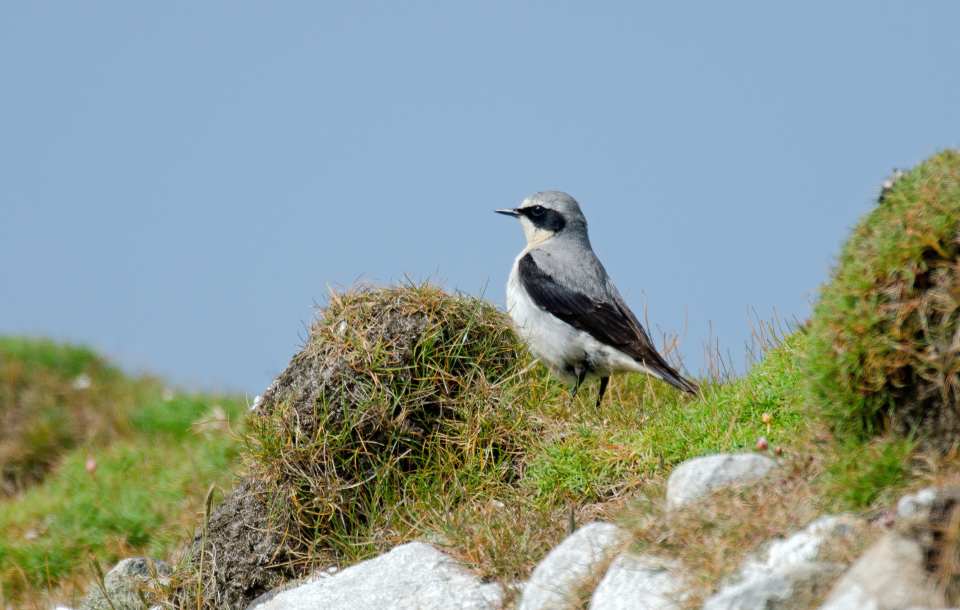Species Guide: Common Nightingale (Luscinia megarhynchos)
Family: Muscicapidae
The Common Nightingale (Luscinia megarhynchos) is a small passerine bird renowned for its powerful and melodious song, celebrated in literature, poetry, and music across centuries. Despite its unremarkable appearance, the bird has become a cultural symbol of beauty and inspiration. Belonging to the family Muscicapidae (the Old World flycatchers), the nightingale is found across Europe, parts of North Africa, and western Asia. Its scientific name reflects its size and vocal ability; mega meaning “great” and rhynchos meaning “bill” in Greek.
Appearance
The nightingale is a modestly colored bird, often blending into its woodland surroundings. Adults are typically 15–16.5 cm (6–6.5 in) in length, with a wingspan of about 23–26 cm (9–10 in). They have plain brown upperparts, a reddish-brown tail, and lighter underparts, usually buff or pale grey. Males and females look alike, making them difficult to distinguish by sight.

Young nightingales are characterized by spots or streaks on their feathers, particularly on the upper-parts and upper-wing coverts.

Diet
Nightingales are primarily insectivorous, feeding on beetles, ants, flies, and caterpillars during the breeding season. They also consume spiders and other small invertebrates. In autumn, their diet shifts to include more plant matter such as berries and fruits, which help build fat reserves for migration.
Habitat
These birds favor dense, low vegetation in woodlands, scrublands, and hedgerows. They are especially associated with deciduous forests, river valleys, and thickets. The nightingale breeds across Europe, particularly in southern and central regions, extending into western Asia. During the winter months, it migrates to sub-Saharan Africa, where it resides until spring.

Summer
Winter
Behavior
The Nightingale is most famous for its rich and varied song, which is delivered mostly at night and early morning. The song includes whistles, trills, and gurgles, often delivered with remarkable volume and complexity. Unlike many birds, both the timing and intensity of its singing make it distinctive; males sing to attract mates and defend territories.
Breeding typically occurs from May to July. Males establish territories and use song to court females. Once paired, the female builds a nest close to the ground, hidden in dense vegetation. She lays 4–5 eggs, which she incubates for about two weeks. Both parents participate in feeding the chicks, which fledge within another two weeks.
Ad Space
Biometrics2
| Wing Length | 80-87 mm |
| Body Weight | 18.4-24.4 grams |
| Longevity | 2 Years |
Natural Predators
Nightingales face predation from a variety of animals, particularly during the nesting period. Eggs and chicks are vulnerable to snakes, rodents, and predatory birds such as jays and magpies. Adult nightingales may fall prey to sparrowhawks, owls, and domestic cats.
Conservation Status
Currently, the nightingale is classified as a species of Least Concern by the International Union for Conservation of Nature (IUCN). However, populations have declined in parts of their range, particularly in northern Europe, due to habitat loss, changes in woodland management, and urban expansion. Conservation efforts focus on preserving dense undergrowth and suitable woodland habitats to support breeding populations.
U.K.
Conservation Status

Global
Conservation Status

Ad Space






CITATIONS
- By IUCN Red List of Threatened Species, species assessors and the authors of the spatial data., CC BY-SA 3.0, [Accessed 05/10/2025] ↩︎
- British Trust for Ornithology [Accessed 13/09/2025] ↩︎
References
- Hughes, J.M. (2011) The Migration of Birds. Firefly Books. [Accessed 13/9/2025]
- Lovette, I. et al. (2016) The Cornell Lab of Ornithology, handbook of bird biology. Third edition. Chichester: Wiley. [Accessed 13/09/2025]







